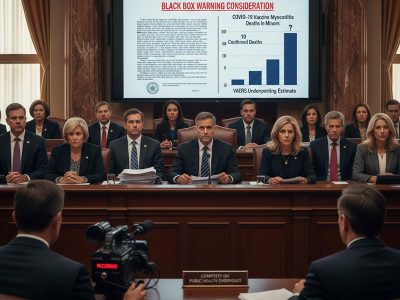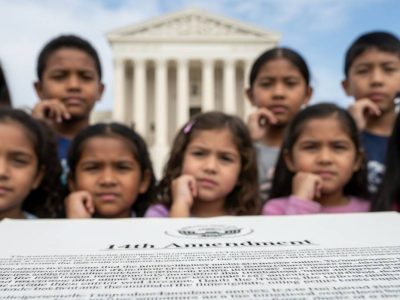Payam Javan: President Donald Trump has signed an executive order formalizing new “reciprocal tariffs” on dozens of nations, including the 27-member European Union. The tariffs, which range from 10% to 41%, are set to take effect on August 7, just ahead of a deadline for U.S. trading partners to finalize new trade agreements. According to the order, the varying rates reflect whether a nation has reached a trade deal with the U.S. and the nature of that agreement. Trump stated that the tariffs are a necessary response to nations that have either failed to address trade imbalances, offered insufficient terms during negotiations, or refused to engage in talks altogether. The new policy is a key component of Trump’s broader trade agenda, which prioritizes minimizing trade deficits and protecting the American economy.
The new tariffs are structured based on the U.S. trade balance with each country. Nations with which the U.S. has a trade surplus will face a 10% tariff, while those with a trade deficit will see a baseline rate of 15%. This includes major trading partners such as the European Union, South Korea, and Japan, which will all be subject to a 15% tariff. The United Kingdom will face a 10% tariff. Meanwhile, countries that have not reached an agreement with the U.S. will face significantly higher rates, with Syria, Laos, and Switzerland seeing tariffs as high as 41%, 40%, and 39%, respectively. Notably, negotiations with China are ongoing, and they have been given an extended deadline of August 12. Mexico will face a temporary 25% tariff for 90 days while talks continue.









